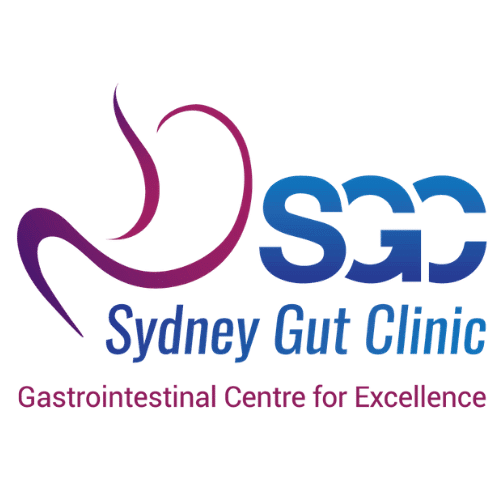Eosinophilic oesophagitis (EoE) is characterised by the deposit of a type of white blood cell, eosinophils, in the lining of the oesophagus, the tube that connects the mouth to the stomach. Still a developing area of research, eosinophilic oesophagitis is estimated to affect 1 in 100 adults and 1 in 1000 children.
Believed to be caused by the result of an allergic reaction to food or the environment, most cases of eosinophilic oesophagitis are seen in people with other allergies such as allergic rhinitis (hay fever) and asthma.
Causes
The exact cause of EoE is still unknown. However, it’s believed to be an immune system or allergic reaction to food or substances in your environment such as dust mites, animal dander, pollen, and moulds. Certain genes may also play a role in eosinophilic oesophagitis.
In eosinophilic oesophagitis, when your oesophagus reacts to certain allergens, the eosinophils in your GI tract may multiply and produce a protein that causes inflammation and injure the oesophageal tissue.
This can lead to difficulty in swallowing food and drinks (dysphagia) or can cause food to get stuck when you swallow (impaction).
Symptoms
The symptoms of EoE depend on your age but reflux that does not respond to medication is usually a common symptom.
In infants:
- Feeding issues
- Vomiting
- Poor weight gain and growth
In children:
- Vomiting
- Abdominal pain
- Dysphagia
- Poor appetite
- Choking or gagging on food
In adults:
- Dysphagia
- Impaction
- Persistent heartburn
- Chest pain that does not respond to antacids
- Upper abdominal pain
- Regurgitation
Diagnosis
Firstly, your doctor may take a thorough look at your medical history to eliminate the diagnosis of another disease of the digestive system because of the similarity of your symptoms to other conditions.
You may then do an endoscopy in the upper gastrointestinal tract to detect any signs of white spots, rings, narrowing, and inflammation in the oesophagus. During this procedure, three tissue samples (biopsy) will be taken to be tested for the presence of a high number of eosinophils.
You may also be asked to perform other tests such as blood tests to discover if you have any allergies that may be causing this condition.
Treatment
Eosinophilic oesophagitis is considered a chronic relapsing disease, which means that most people will require ongoing treatment to control their symptoms.
Symptoms in infants may resolve themselves during their first few years. Symptoms in children and adults usually do not resolve themselves with time, requiring your doctor to prescribe an acid blocker, such as a proton pump inhibitor.
If your symptoms don’t respond to proton pump inhibitors (PPI), your doctor may prescribe a topical steroid, in a puffer or paste form, to reduce the inflammation and scarring. These are swallowed instead of inhaled to treat your oesophagus. This type of steroid is not absorbed into the bloodstream, so, you are unlikely to experience any typical side effects associated with steroids.
If your symptoms don’t respond to topical steroids and you are experiencing a severe narrowing of your oesophagus, your doctor may recommend dilation or stretching to help make swallowing easier for you.
Management
Depending on your test results, your doctor may recommend certain dietary changes such as diet manipulation. Endoscopies and repeat biopsies will be done to monitor responses to these changes.
Types of dietary manipulation may include:
- Common food allergen elimination diets: These include the removal of cow’s milk, soy, egg, and wheat. Allergy testing or medical history may result in the removal of additional food.
- Step-up diets: Instead of removing food items, one or two types of food are introduced at first and if symptoms improve, this is confirmed by a biopsy. Food will be removed if inflammation persists following the biopsy.
- Directed diets: Items are removed based on your medical history, trigger foods, and allergy testing.
- Amino-acid-based diets: commonly used for infants, these are diets based on an amino acid or elemental formula.
Request more information on how to manage eosinophilic oesophagitis
If you or your loved ones are suffering from any of the symptoms of eosinophilic oesophagitis, consult a gastroenterologist to confirm the diagnosis and start treatment as soon as possible.
Contact a team of expert gastroenterologists for more information on the treatment available for eosinophilic oesophagitis.

